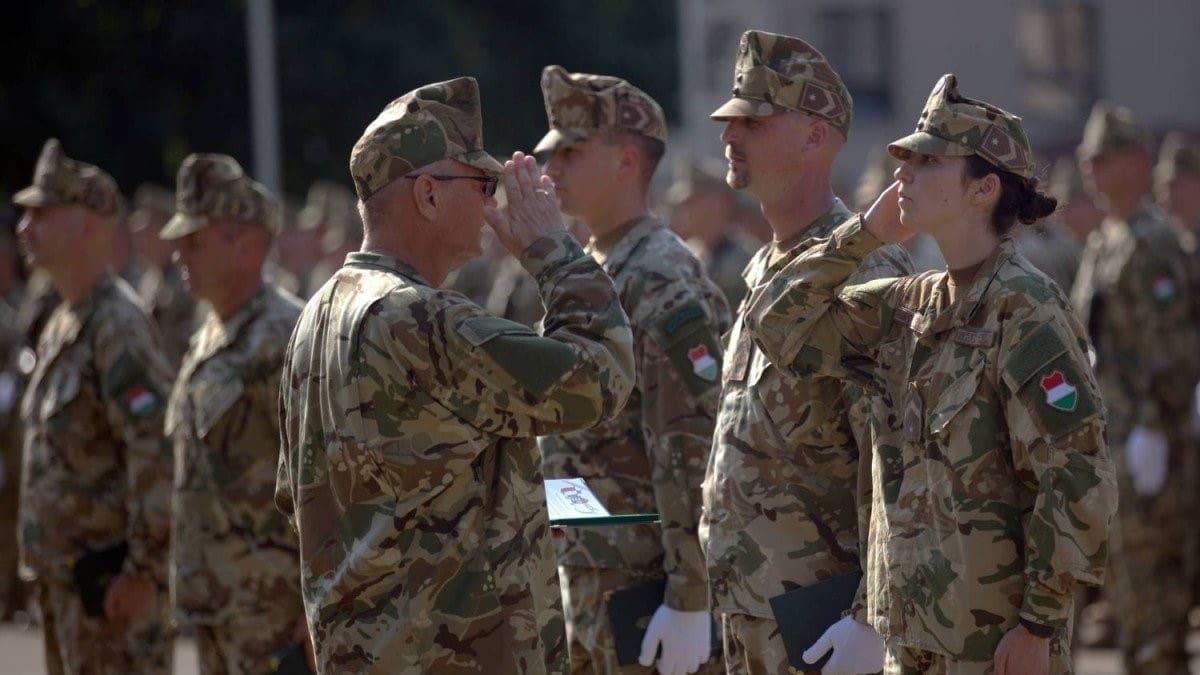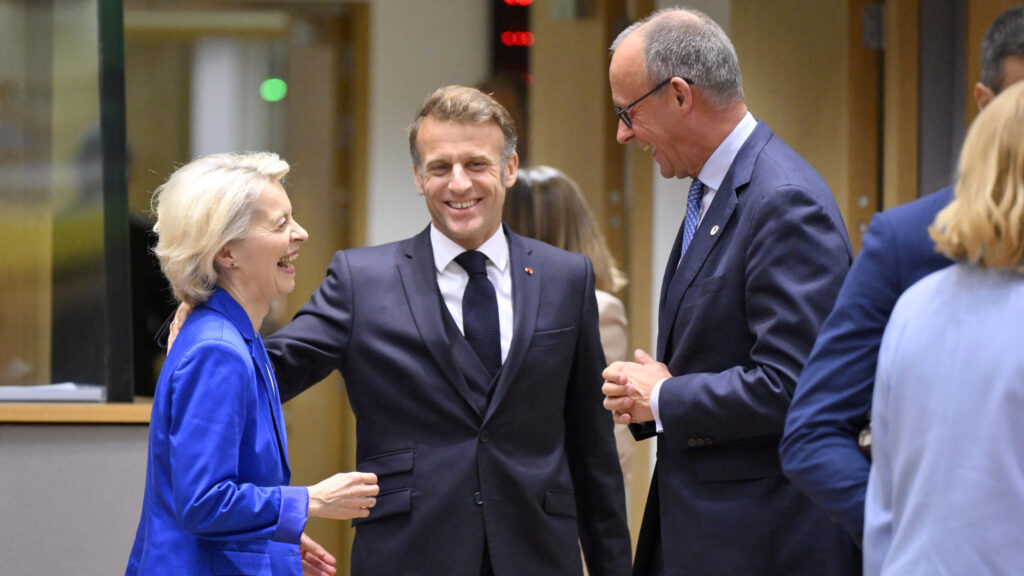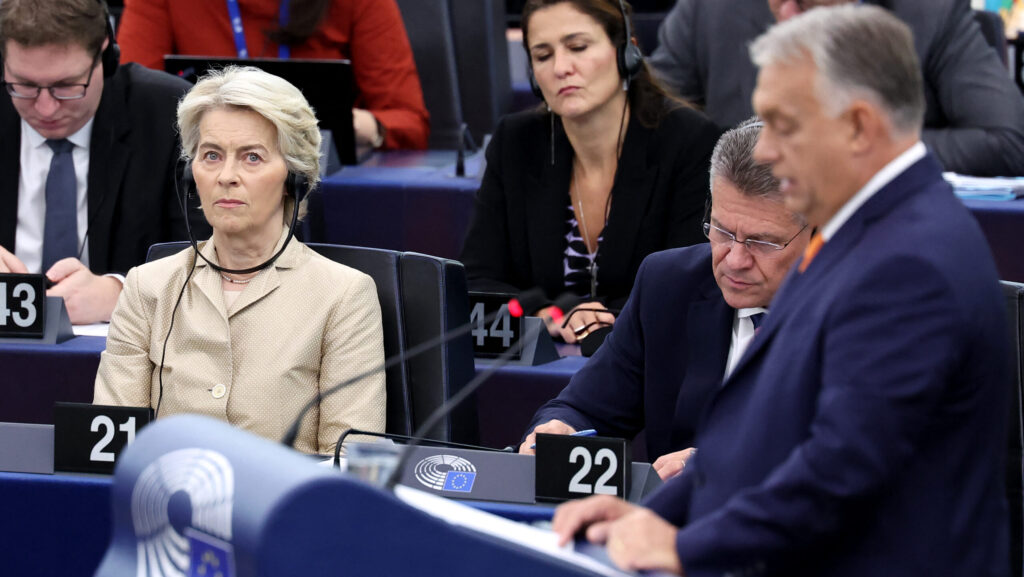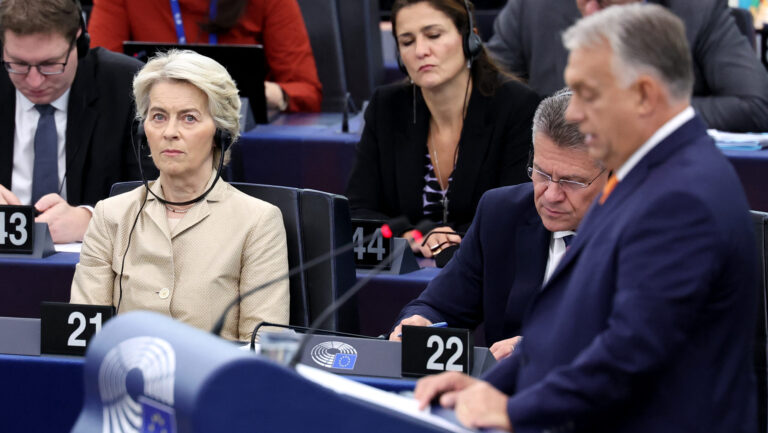On 24 October 2025, the Croatian Parliament approved amendments to the Defence Act and the Armed Forces Service Act, paving the way for the return of basic military training. Compulsory service had been in place in Croatia from 1991 until 2008, after which Croatian citizens served only on a voluntary basis. The newly announced training programme is set to begin in January 2026 and will last two months. The Croatian Ministry of Defence plans to organize five training cycles per year, each accommodating around 800 recruits.
All men turning 18 will receive a call-up notice by the end of that year and will begin training in the year they turn 19. Men and women aged 19 to 30 will also be able to enlist voluntarily. Conscripts will receive a monthly allowance of €1,100 and will enjoy job protection during their service.
According to the Croatian Ministry of Defence, the programme aims to equip young people with essential military and crisis-response skills, strengthen national resilience, and build a capable reserve force. The annual cost of the initiative is estimated at €23.7 million.
Croatia’s decision comes amid a worsening European security climate, driven primarily by the Russian–Ukrainian war. Several European countries are reexamining the idea of national service: the Baltic states already maintain conscription (Lithuania reinstated it last year), while Germany is engaged in a heated political and public debate over the issue. For now, however, Croatia is the first country in Hungary’s neighbourhood to reintroduce conscription formally.
Hungary’s Position: No Plans to Reintroduce Conscription
Hungary suspended mandatory military service in 2004, though it was never completely abolished—meaning that conscription still exists in law but is not enforced during peacetime. In special circumstances, such as war or a state of emergency, it could be legally reactivated.
The suspension formed part of Hungary’s post–NATO accession modernization process following its entry into the Alliance in 1999. Like other former members of the Warsaw Pact, Hungary phased out conscription, following a broader Central and Eastern European trend after the end of the Cold War.
The country’s strategic goal was to build a professional, volunteer-based military capable of operating effectively within NATO and international missions. In the early 2000s, the Hungarian army numbered around 65,000–70,000 personnel, the majority being conscripts. After the transition to a professional force, the number dropped to 25,000–30,000, though training standards and equipment improved significantly.
Today, the Hungarian Defence Forces consist mainly of professional and contracted soldiers, supported by a growing volunteer reserve and territorial defence network. The current peacetime strength of the Defence Forces is 37,650 personnel.
‘Today, the Hungarian Defence Forces consist mainly of professional and contracted soldiers, supported by a growing volunteer reserve and territorial defence network’
According to a June 2025 survey by the European Council on Foreign Relations (ECFR), Hungary recorded the highest opposition rate (58 per cent) to the reintroduction of conscription among the nine countries surveyed. The poll found that every age group in Hungary was broadly against reinstating mandatory service.
Critics of the 2004 suspension argue that it weakened public awareness of national defence and reduced the size of the reserve force. To address these concerns, the government has introduced several initiatives since 2016 as part of a wider defence modernization programme.
These include integrating national defence education into school curricula, launching thematic youth defence programmes, and strengthening the volunteer reserve system through financial benefits and intensive recruitment. Only during the latest recruitment campaign did over 5,000 new territorial reserve soldiers join the Hungarian Defence Forces.
Furthermore, thanks to the comprehensive modernization programme launched in 2016, Hungary’s armed forces have undergone a significant transformation in equipment, organization, and structure—evolving into a modern, professional military capable of meeting contemporary security challenges.
Thus, while the idea of reinstating conscription has resurfaced in several European countries, the Hungarian government currently has no plans to put mandatory military service back on the agenda.
Related articles:







